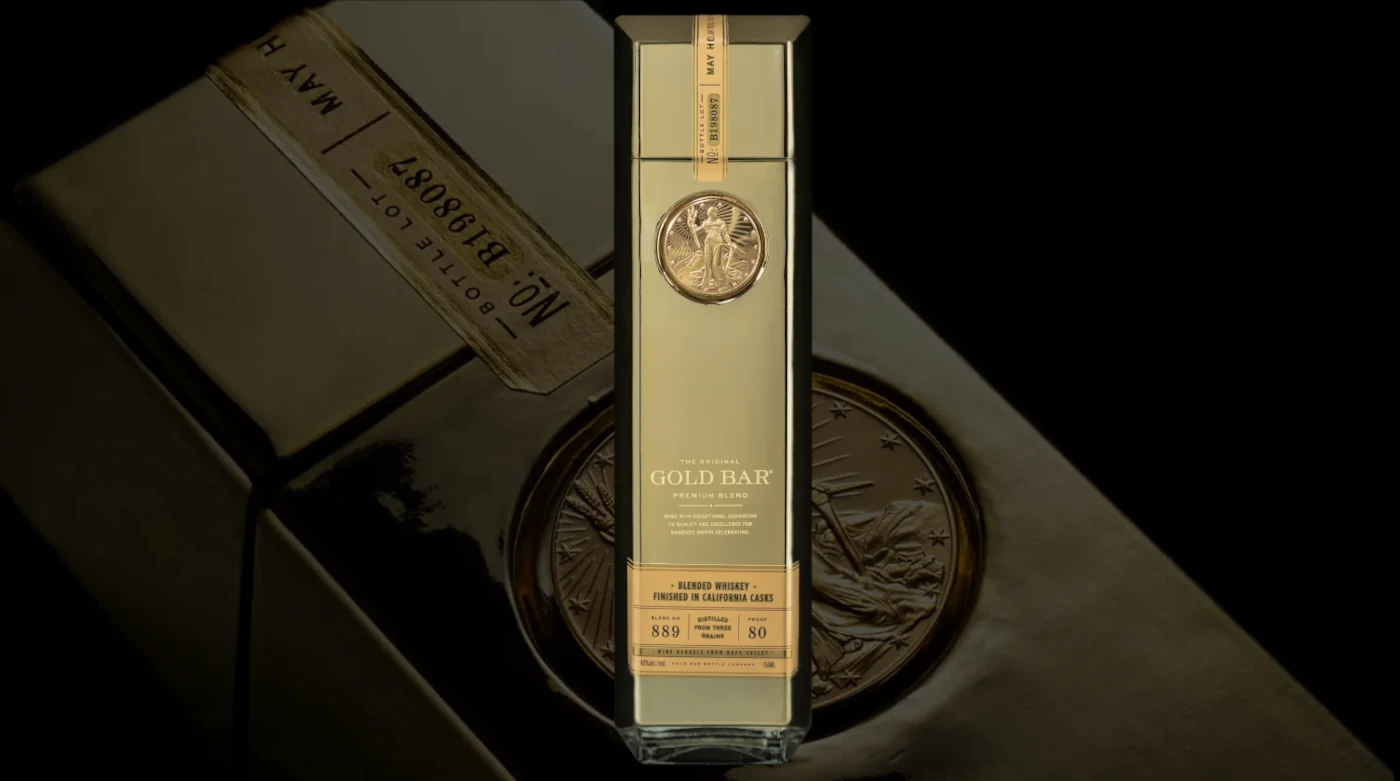In this article, we aim to provide readers with a comprehensive guide to liquor etiquette, covering the essential do’s and don’ts of drinking spirits. Whether you’re a seasoned connoisseur or just starting to explore the world of spirits, understanding the proper etiquette can enhance your drinking experience and ensure that you navigate social situations with confidence. Our friendly and inclusive tone aims to make this guide accessible to all readers, regardless of their background or level of experience. So, let’s raise our glasses and embark on a journey through the fascinating world of liquor etiquette, learning the best practices for appreciating and enjoying spirits responsibly.
Understanding Spirits
Types of Spirits and Their Unique Characteristics
Whiskey
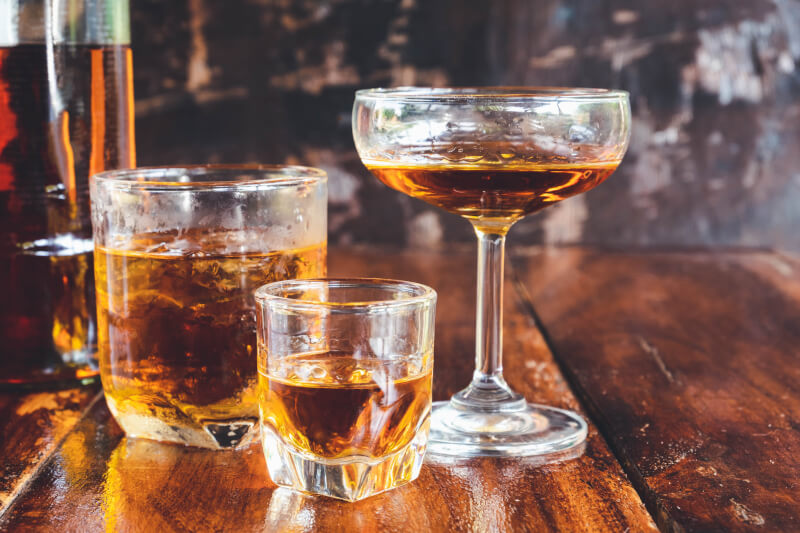
Whiskey is a broad category of spirits that includes various styles like Scotch, bourbon, rye, and Irish whiskey. It is typically made from fermented grain mash, aged in wooden casks, and possesses a complex flavor profile. Scotch whiskey is known for its smoky and peaty notes, while bourbon offers a rich and sweet taste with hints of caramel and vanilla. Rye whiskey tends to be spicier, while Irish whiskey is often smoother and lighter. Enjoy whiskey neat, on the rocks, or in classic cocktails like the Old Fashioned or Manhattan.
Rum
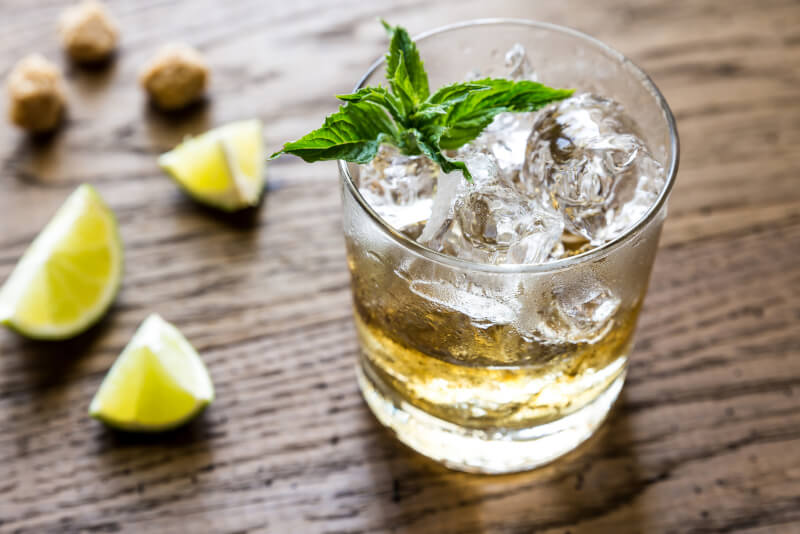
Rum is a spirit made from sugarcane or molasses, and it is associated with tropical vibes and exotic flavors. It varies from light and clear to dark and full-bodied, depending on the aging process. Light rums are often used in refreshing cocktails like the Mojito or Piña Colada, while dark rums work well in rich, warming drinks like the Dark and Stormy or Mai Tai. Rum features flavors ranging from fruity and floral to oaky and caramelized, making it a versatile and enjoyable spirit.
Vodka
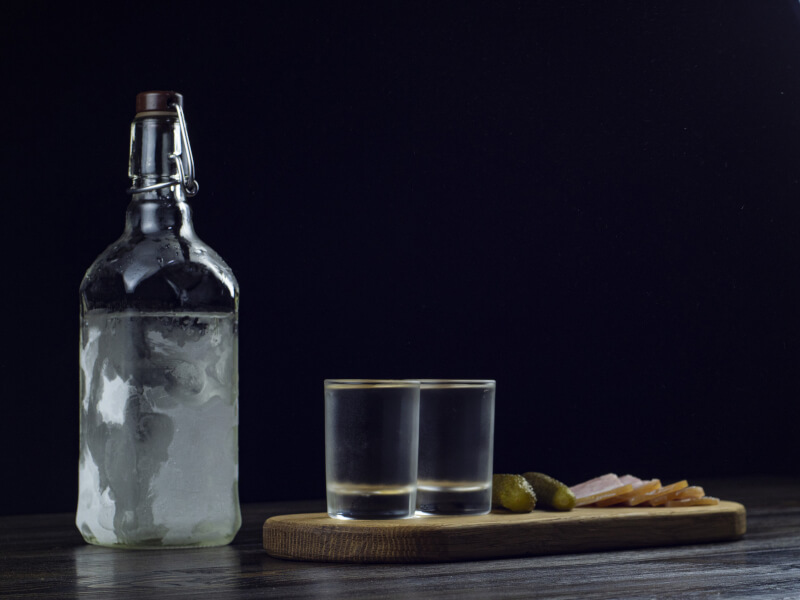
Vodka is a colorless and odorless spirit known for its neutral taste. It is typically distilled from fermented grains or potatoes and is often enjoyed in mixed drinks. Vodka serves as a versatile base for cocktails due to its ability to blend well with other ingredients. Popular vodka cocktails include the Cosmopolitan, Moscow Mule, and Bloody Mary. Its clean and crisp nature allows it to showcase the flavors of accompanying mixers, making it a favorite for many cocktail enthusiasts.
Tequila
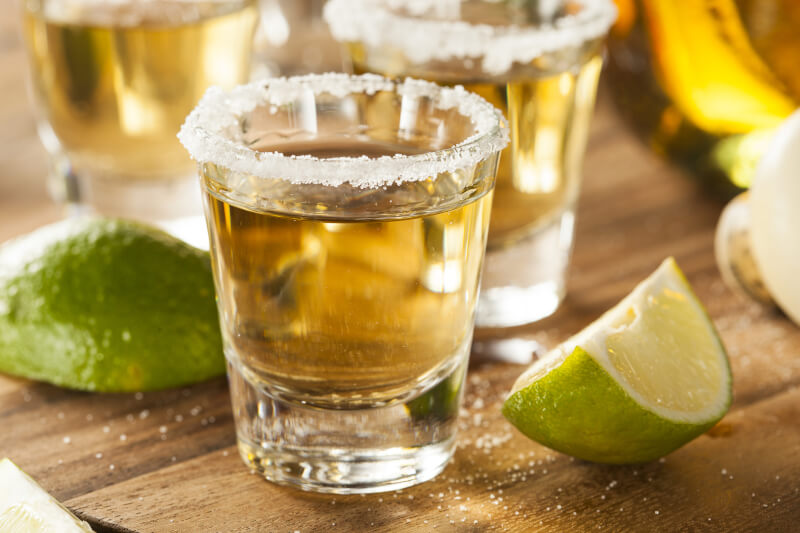
Tequila is a spirit produced from the blue agave plant, primarily in Mexico. It comes in different varieties, including Blanco (silver), reposado (rested), and añejo (aged). Blanco tequila offers a clean and fresh flavor, reposado gains complexity from brief aging in oak barrels, and añejo tequila exhibits a smooth and rich character after prolonged aging. Tequila is famous for margaritas, but it can also be sipped neat or enjoyed in cocktails like the Paloma or Tequila Sunrise.
Gin
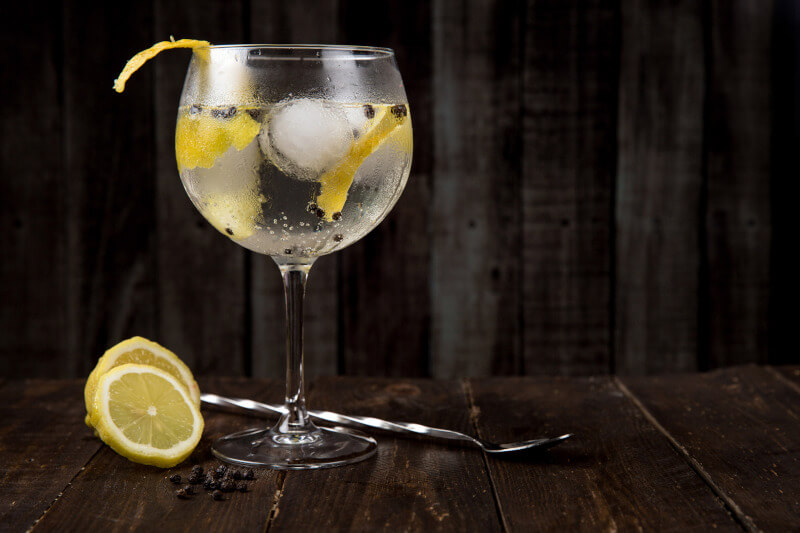
Gin is a spirit that derives its predominant flavor from juniper berries and botanicals. It can feature a wide range of botanical combinations, resulting in various styles such as London Dry, Old Tom, and New Western. Gin’s flavor profile can range from herbal and floral to citrusy and spiced. Classic gin cocktails include the Martini, Gin and Tonic, and Negroni. Its versatility allows for creativity in mixology, and the use of different garnishes and ingredients can significantly influence the final taste.
The Importance of Knowing Your Spirits
Understanding the basics of each spirit is crucial for appreciating and enjoying them to the fullest. Here’s why:
- Flavor Appreciation: Knowledge about different spirits help you identify and appreciate their unique flavors. Understanding the flavor profiles of whiskey, rum, vodka, tequila, and gin allows you to discern the subtle nuances and complexities present in each drink, enhancing your overall tasting experience.
- Cocktail Creation: By understanding spirits, you can create better cocktails. Knowing the characteristics of different spirits helps you select appropriate mixers, garnishes, and techniques to complement and enhance their flavors. It empowers you to experiment and create well-balanced and enjoyable cocktails for yourself and others.
- Social Enjoyment: When you know about spirits, you can engage in meaningful conversations with friends, fellow enthusiasts, or bartenders. You can discuss the nuances of different spirits, share recommendations, and appreciate the craftsmanship behind each drink. This knowledge can enhance your social interactions and deepen your enjoyment of spirits in social
Glassware and serving techniques play a crucial role in enhancing the overall drinking experience of different spirits. The shape and size of the glass can significantly impact the aroma, flavor, and presentation of the drink. Here are some guidelines on appropriate glassware and serving techniques for various spirits:
Whiskey Glasses
- Old Fashioned Glass: Also known as a rocks glass or lowball glass, it is ideal for serving whiskey neat, on the rocks, or cocktails like the Old Fashioned. The wide rim allows the aroma to disperse while providing ample space for ice and garnishes.
- Glencairn Glass: Designed specifically for whiskey, this glass has a tulip-like shape that concentrates the aromas. It is suitable for savoring the complex notes of premium whiskeys and is often used in tastings.
Martini Glasses
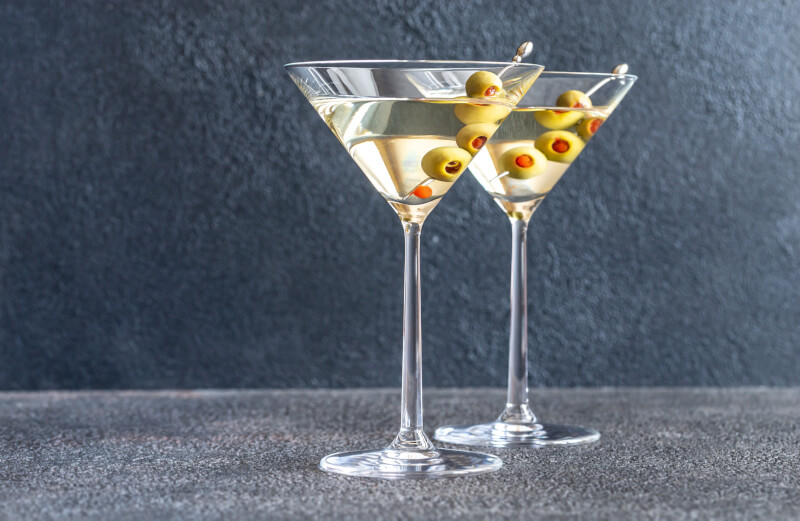
- Iconic for serving martinis, this glass has a V-shaped design with a long stem. Its wide, shallow bowl allows for the perfect presentation of the cocktail while keeping it chilled. It’s important to hold the glass by the stem to prevent warming the drink with body heat.
Highball Glasses
- Tall and slim, this glass is used for refreshing mixed drinks like highballs, Collins, and other cocktails with a larger ratio of mixer to spirit. The tall shape helps retain carbonation and showcases the drink’s color and garnishes.
Snifter Glasses
- Often used for brandy, cognac, and other aged spirits, this glass has a wide bottom and a narrower rim. The shape allows the drinker to swirl the liquid, releasing its aromas, while the narrow rim captures those aromas for a more intense olfactory experience.
Champagne Flutes
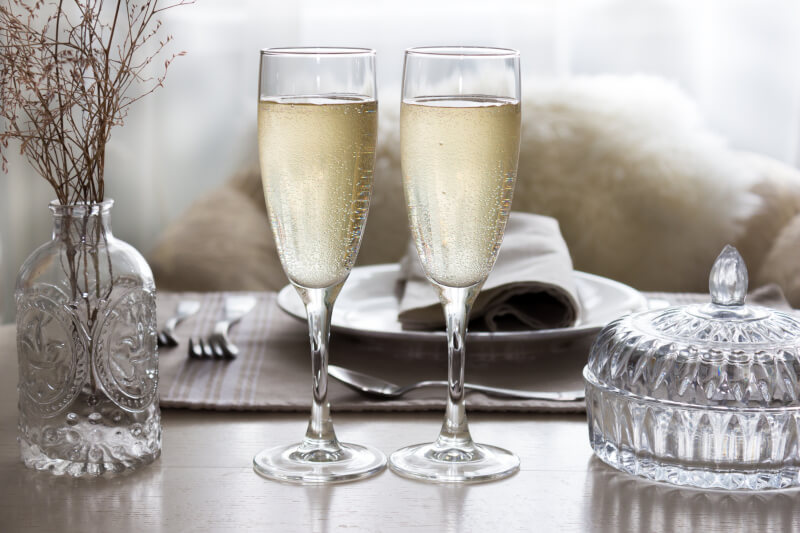
- Known for its long, narrow shape, this glass is designed to preserve the bubbles and showcase the effervescence of champagne and sparkling wines. The tall, slender design helps concentrate the aroma and minimizes the surface area for the bubbles to dissipate.
When it comes to serving spirits at the correct temperature:
- Neat or aged spirits are typically served at room temperature or slightly below to allow the full range of flavors to develop. However, if desired, you can chill them slightly by adding a large ice cube or keeping them in a whiskey stone-cooled glass.
- Cocktails, mixed drinks, and lighter spirits like vodka or gin are usually served chilled. Store the bottles in the refrigerator or use ice to quickly chill the glass before pouring the drink.
- Champagne and sparkling wines should be served chilled, around 8-10°C (46-50°F), to maintain their effervescence and balance.
Remember to handle glasses by the stem or base to avoid warming the drink with your hands, and always ensure your glassware is clean and free from any residue or odors that could affect the taste of the spirits. By selecting appropriate glassware and serving techniques, you can fully enjoy the aroma, flavors, and presentation of your favorite spirits.
Tasting and Appreciating
To elevate your experience and appreciate spirits on a whole new level, it is crucial to follow a structured approach that engages all your senses. Begin with observing the color, clarity, and consistency of the spirit in the glass. These can give you hints about its age, alcohol content, and how it has been stored. The next step is swirling, which oxygenates the spirit, releasing its aroma and complexity. Smelling comes next, so bring the glass slowly towards your nose and take a gentle sniff to pick up the intricate layers of aromas. Different spirits will present different fragrances, so don’t rush – take your time to distinguish each scent.
Sipping is the fourth step, where you take a small amount of the spirit into your mouth, allowing it to touch all parts of your palate. This is where you’ll start to identify the flavors. Spirits can exhibit a wide spectrum of flavors – sweet, spicy, bitter, fruity, or smoky – all in one sip. You might find notes of caramel in bourbon or hints of juniper in a gin. Lastly, savor the spirit by taking a moment to let the flavors settle, discovering the aftertaste, the warmth, and the ‘mouthfeel’ – the way the spirit feels in your mouth.
Understanding and appreciating spirits is not only about distinguishing flavors and aromas but also about finding the perfect serving method that suits your palate. Spirits can be enjoyed in a variety of ways – neat, on the rocks, or with a splash of water. Experimenting with these serving methods can significantly change your experience of the spirit, as temperature and dilution can bring out or mellow certain flavors. There’s no ‘right’ way to enjoy a spirit – it’s all about personal preference and exploration. Remember to always take your time to savor and analyze the spirit
Behavior at Social Gatherings

At social gatherings, be considerate and respectful of other people’s drinking preferences. Offering to make drinks for others can be a nice gesture, but remember to ask about their preferences first. Respect their choices if they prefer a certain spirit or if they choose not to drink at all. Never pressure anyone into drinking, as it not only contradicts the principle of enjoying spirits but also creates an uncomfortable atmosphere. Remember, the art of drinking spirits is about savoring the experience and creating positive, memorable social connections.
Social Etiquette
In the social arena where spirits are often the center of celebration and camaraderie, maintaining decorum and drinking responsibly are essential. When you’re socializing and enjoying spirits, be mindful of the setting and the company. For example, a quiet nightcap at a low-lit bar requires a different demeanor compared to a lively dinner party with friends.
Responsible Consumption
As with all types of alcohol, moderation is key when drinking spirits. Understand your tolerance level and know when to stop – there’s a fine line between a pleasant buzz and overindulgence. Not only will this allow you to enjoy your drink better, but it also ensures the safety and comfort of everyone involved. Drink water between servings, this not only helps you to hydrate but also to cleanse your palate.
Ordering Spirits
When at bars and restaurants, it’s essential to order politely and respectfully, keeping in mind that bartenders are skilled professionals. If you’re unsure about what to order from a diverse spirits menu, don’t hesitate to ask for recommendations. It’s an excellent opportunity to discover new flavors and expand your spirit’s knowledge. Remember to express your appreciation with a tip that reflects the quality of service you received.
Pairing Spirits with Food

Guidelines for Pairing Spirits with Food
Crafting a perfect spirits-food match can elevate any dining occasion to an extraordinary gustatory experience. The core principle is to balance the flavors. Bold spirits should complement robust dishes while lighter spirits pair well with delicate dishes. Also, consider how the spirit’s inherent notes (like sweetness, bitterness, or fruitiness) can harmonize with similar flavors in your dish.
Spirits and Cuisines
Diving deeper into specifics, various cuisines naturally lend themselves to certain spirits. Whiskey, with its smoky, caramel undertones, complements the charred flavors of grilled meats, making it a staple for barbecue nights. On the other hand, the botanical complexity of gin works wonderfully with seafood, particularly with dishes that have a hint of citrus or herbaceous elements, as they echo the gin’s aromatic profile.
Exploring Classic Pairings and Beyond
Classic spirit and food pairings provide an excellent starting point for your culinary adventures. For instance, tequila is a natural fit with Mexican cuisine, while rum’s sweet-spicy warmth enhances the flavors of Caribbean dishes. However, there’s a whole world of combinations waiting to be discovered! Feel free to experiment and curate your unique pairings, allowing your palate to be your guide. The only rule in this exciting gastronomic journey is to savor each moment of discovery.
Embarking on a Spirited Journey with Confidence
In summary, understanding and applying proper liquor etiquette contributes to a more enjoyable and respectful drinking experience. Whether you’re pairing spirits with food, attending a formal event, or just relaxing with friends, these guidelines serve to enrich your appreciation for the world of spirits. Use the knowledge gained from this article to explore the diverse world of spirits with renewed confidence, always keeping in mind the importance of enjoying responsibly.



